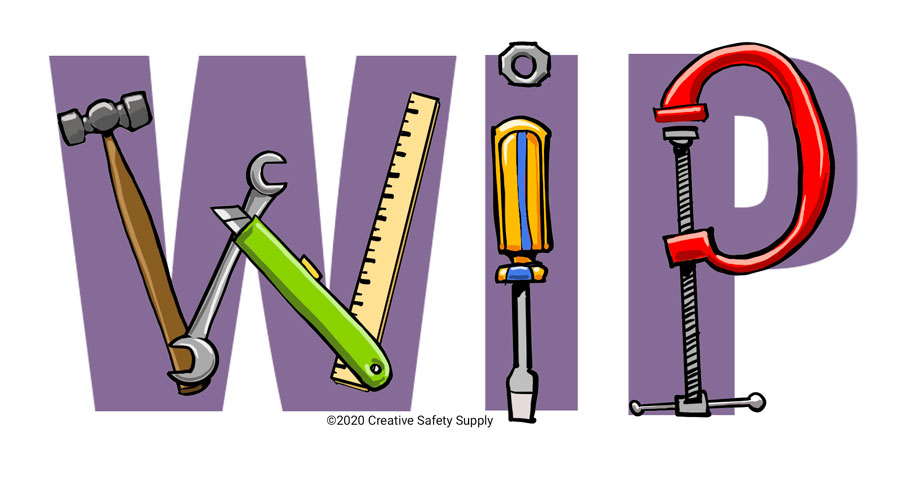

What is WIP?
“WIP” is an abbreviation that stands for either “Work in progress” or “Work in process,” which means a specific task or product that has started and is in the middle of completion. Meaning that the product or task has not yet been completed. For example, an author has completed over 45 chapters of a 60-chapter book, meaning that the book is a work in progress.
Different Uses of WIP
Pharmaceuticals
However, the meaning of WIP can differ depending on the sector and context in which it is used. For instance, in the pharmaceutical industry, WIP is an acronym that indicates either “Work In Progress” or “Wash In Place,” a cleaning procedure for essential equipment to avoid contamination and ensure product quality.
Healthcare
Similarly, WIP refers to the “Workforce Incentive Program” when used in context towards the healthcare industry, specifically designed to motivate healthcare workers like nurses and doctors through rewards and incentives. For example, rewarding through monetary incentives or certification for doctors to work in underserved areas.
Supply Chain Management
In the context of supply chain management, WIP is a step in the process of chain in supply management that can allow you to manage and assess your product and manufacturing process in a feasible manner. It provides you the upper hand to remain one step ahead, allowing you to make cost-effective and precise decisions.
Similar Glossary Terms
- Bottleneck
- TIMWOOD
- DOWNTIME
- Lead Time
- Waste of Overproduction
- One-piece Flow
- Cellular Manufacturing
- Material Flow
- Throughput
Additional Resources
- Bottleneck Analysis
- Lean in Different Industries
- What is Lean in Business?
- Applying Lean Principles in Healthcare
- Value-Added vs. Non-Value-Added Activities
Similar Glossary Terms
- Bottleneck
- TIMWOOD
- DOWNTIME
- Lead Time
- Waste of Overproduction
- One-piece Flow
- Cellular Manufacturing
- Material Flow
- Throughput

